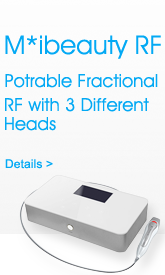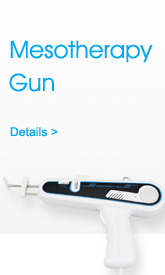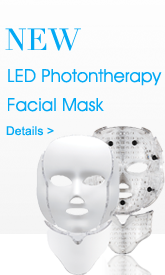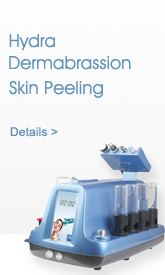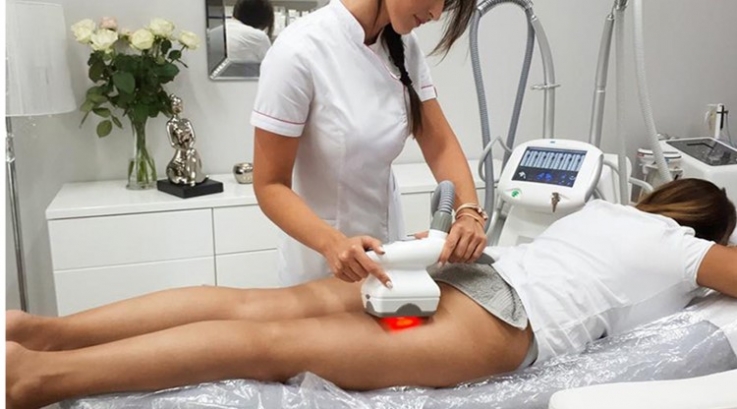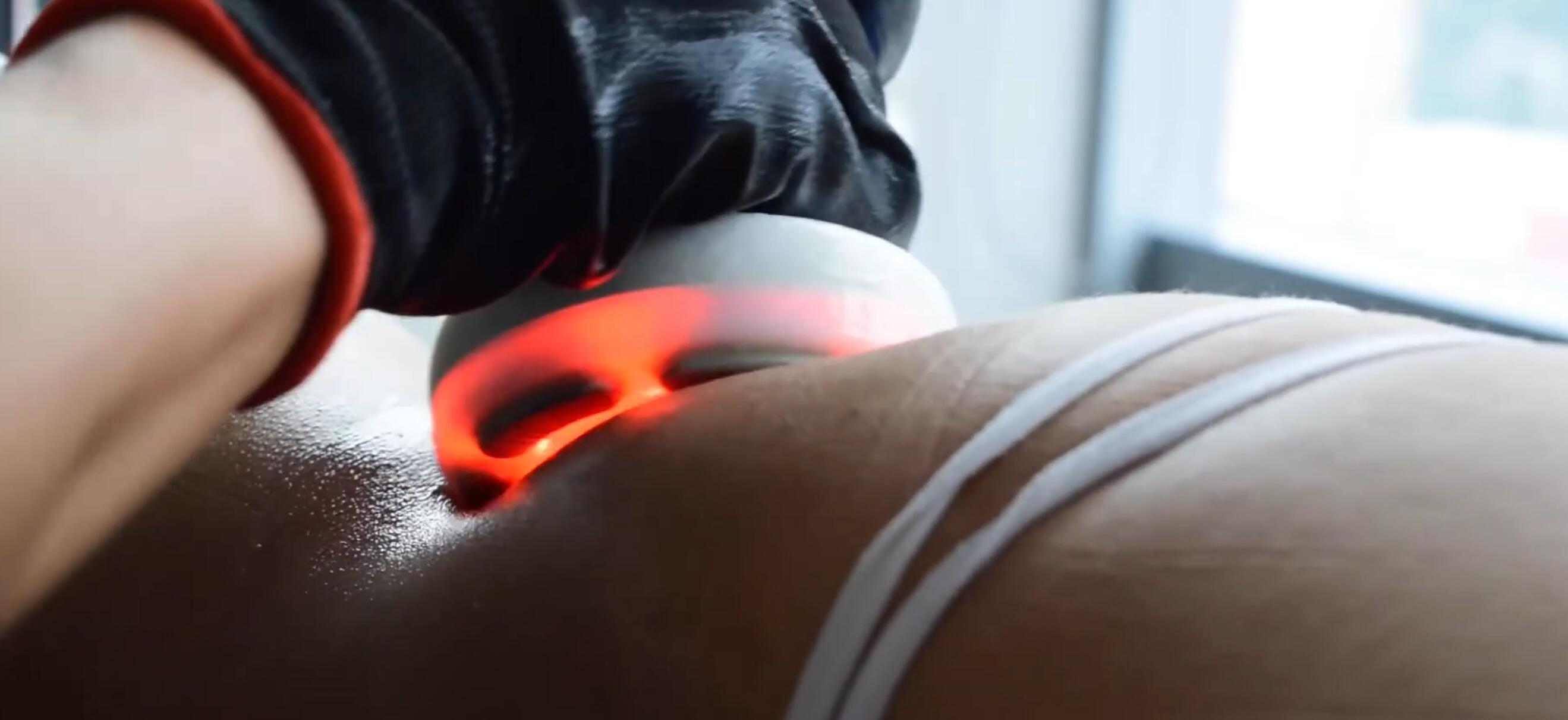Ultrasonic cavitation is a popular technology that uses high-frequency sound waves to disrupt and destroy fat cells, which are then eliminated from the body through natural processes.
Generally, ultrasound frequencies at 20kHz~1mHz can cause the cavitation effect. The cavitation effect occurs when the sound waves create tiny bubbles or voids in a liquid or tissue, which then collapse or implode, creating small shockwaves that can disrupt or destroy fat cells.
As there are many different lipo cavitation machines on the market. Some sellers make false claims in order to sell their products. Some say their machine is the best simply because the ultrasound frequency of their machine is the best. Some say 80kHz is the best, and some say 30kHz is the best. It can confuse consumers. Please note that treatment efficiency is related to many factors such as ultrasound frequency, energy intensity (power), technologies, etc. Our opinion is that ultrasound frequency is not the key factor contributing to effective fat reduction. However, in this blog post, we will focus on the ultrasonic cavitation frequency only.
Why does ultrasound frequency matter?
Generally, the ultrasound frequency is related to the penetration depth. The depth of penetration for ultrasonic waves depends on various factors, including frequency, wavelength, and tissue density. In general, frequency waves have longer wavelengths and tend to be absorbed more slowly, allowing for deeper penetration. However, the specific depth of penetration for a given frequency can vary depending on the specific machine being used and the tissue density of the individual being treated. Additionally, the effectiveness of the treatment for fat reduction may also depend on other factors, such as the intensity and duration of the waves, and the location and size of the fat deposits being targeted.
Ultrasound frequency and penetration depth.
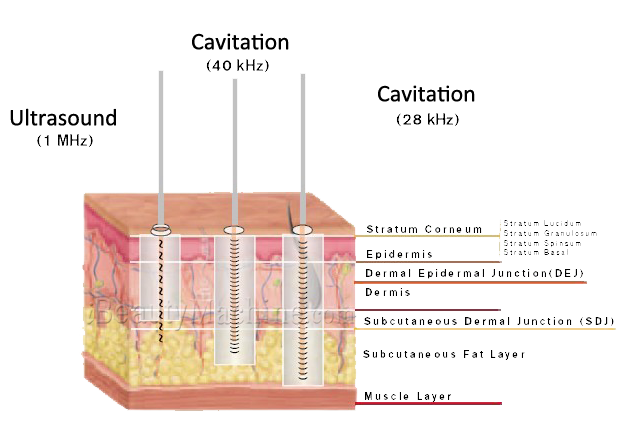
80kHz ultrasonic cavitation waves tend to penetrate more superficially than lower-frequency waves. Typically, 80kHz ultrasonic cavitation waves penetrate to a depth of about 1-2 centimeters into the skin tissue. This makes it well-suited for treating smaller, more superficial pockets of fat. It's important to note, however, that the effectiveness of 80kHz ultrasonic cavitation will also depend on the individual's body composition and the size and location of the fat deposits being targeted.
The depth of penetration for 40kHz ultrasonic cavitation can range from 1 to 5 centimeters, depending on the specific machine being used and the tissue density of the individual being treated. This deeper penetration makes it well-suited for treating larger, deeper pockets of fat. Additionally, some research has suggested that 40kHz may be more effective at breaking down fibrous tissue, which can make fat reduction more difficult.
Ultrasonic cavitation at 30kHz is less commonly used for fat reduction compared to 40kHz or 80kHz, but it can still be effective for certain individuals and treatment areas. The depth of penetration for 30kHz ultrasonic cavitation can range from 1 to 6 centimeters, depending on the specific machine being used and the tissue density of the individual being treated. Some experts suggest that 30kHz ultrasonic cavitation may be better suited for treating areas with thicker or more fibrous tissue, such as the thighs or buttocks.
It's important to note that the effectiveness of any ultrasonic cavitation treatment will depend on a variety of factors, including the individual's body composition, the size and location of the fat deposits being targeted, and the specific parameters of the treatment (such as the intensity and duration of the waves). We don't advise making the purchase decision based on one single factor only unless you think the penetration depth matters the most. Our opinion is that ultrasound frequency is not very important as long as the machine can output good energy. After all, what matters the most is the cavitation effect that destroys fat cells. Nowadays, manufacturers have integrated other advanced technologies into the machine such as RF, LED, Vaccum, Lasesr, Roller, etc. that can be more effective than a single cavitation machine. If you want to learn more about a more advanced lipo cavitation machine, please check here:
Advanced 7in1 cavi RF slimming machine
Professional lipocavitation machine with mechanical rollers.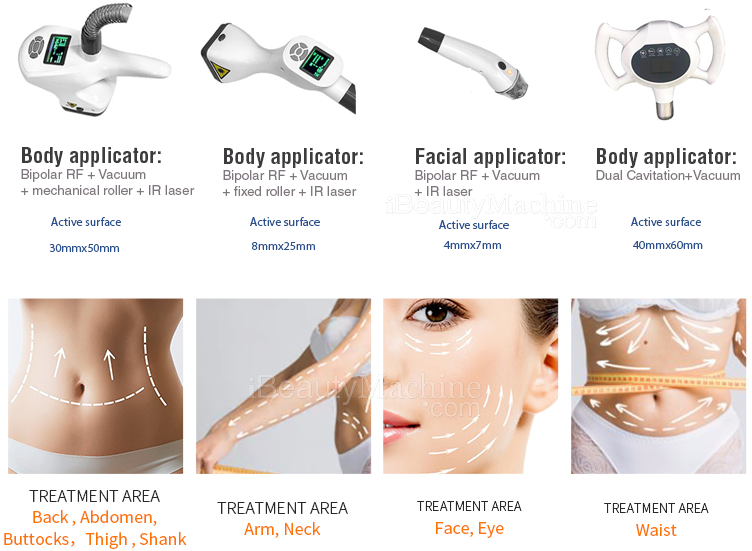
So where to shop for a good quality cavitation machine?
When considering ultrasonic cavitation for fat reduction, it's important to keep in mind that the specific effects of the treatment will depend on a variety of factors, including the individual's body composition, the size and location of the fat deposits being targeted, and the specific parameters of the treatment (such as the intensity, duration of the waves, other technologies).
When looking to buy an ultrasonic cavitation machine, it's important to choose a reputable vendor/manufacturer to ensure that the machine is high-quality and backed by good after-sales service. While it may be tempting to buy a cheaper machine from a marketplace such as Amazon/eBay, it's important to consider the potential risks and limitations associated with this option. We have already received hundreds of reports saying their sellers are not responsible or simply disappeared. It's important to read the fine print and understand the details of the warranty or return policy before making a purchase. Here are some tips to follow:
- Look for reviews and ratings from previous customers.
Check both the vendor's and third-party review websites to understand how other customers have experienced their products and services. - Check the vendor's website for information on their products, services, and support.
Look for detailed information about the machines they sell, the warranties and return policies they offer, and any training or support they provide to customers. - Consider the vendor's reputation and experience in the industry.
Look for vendors that specialize in ultrasonic cavitation machines and have a track record of providing high-quality products and services. - Consider the vendor's location and shipping policies.
Make sure you are aware of any international shipping fees or import duties that may apply.

